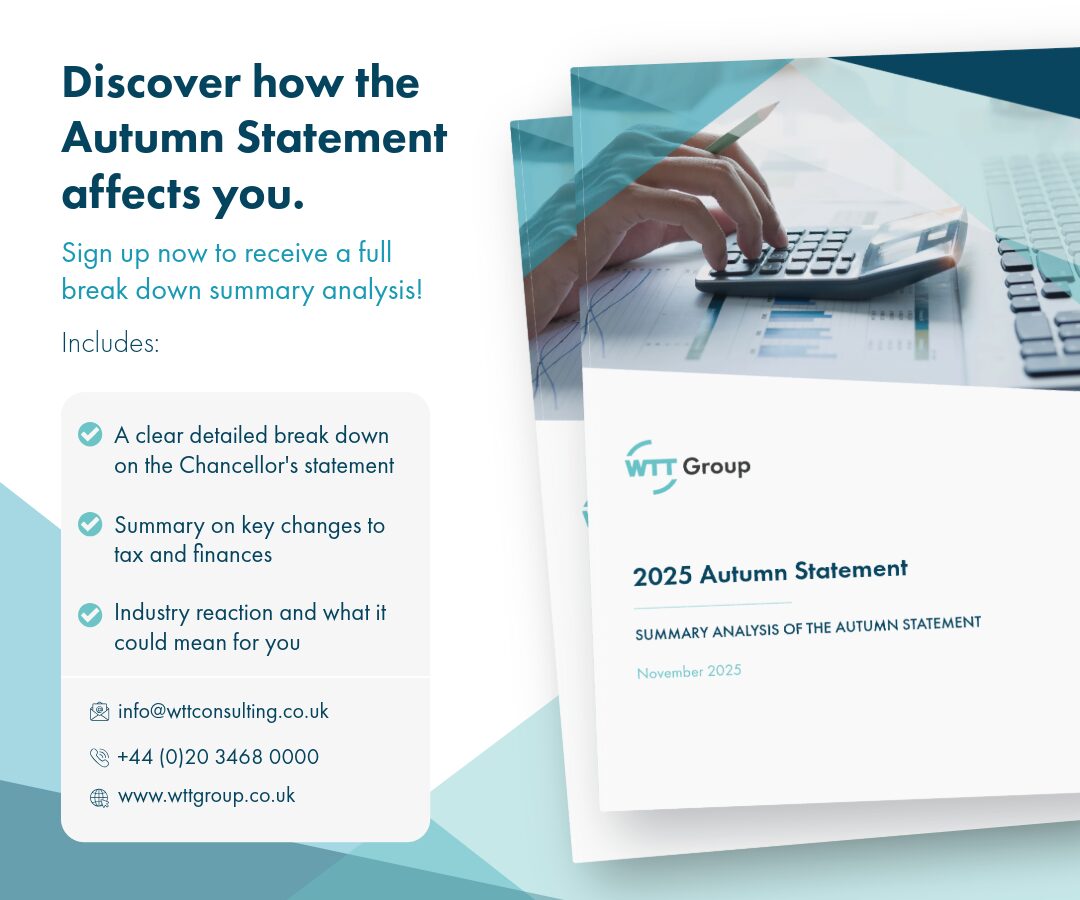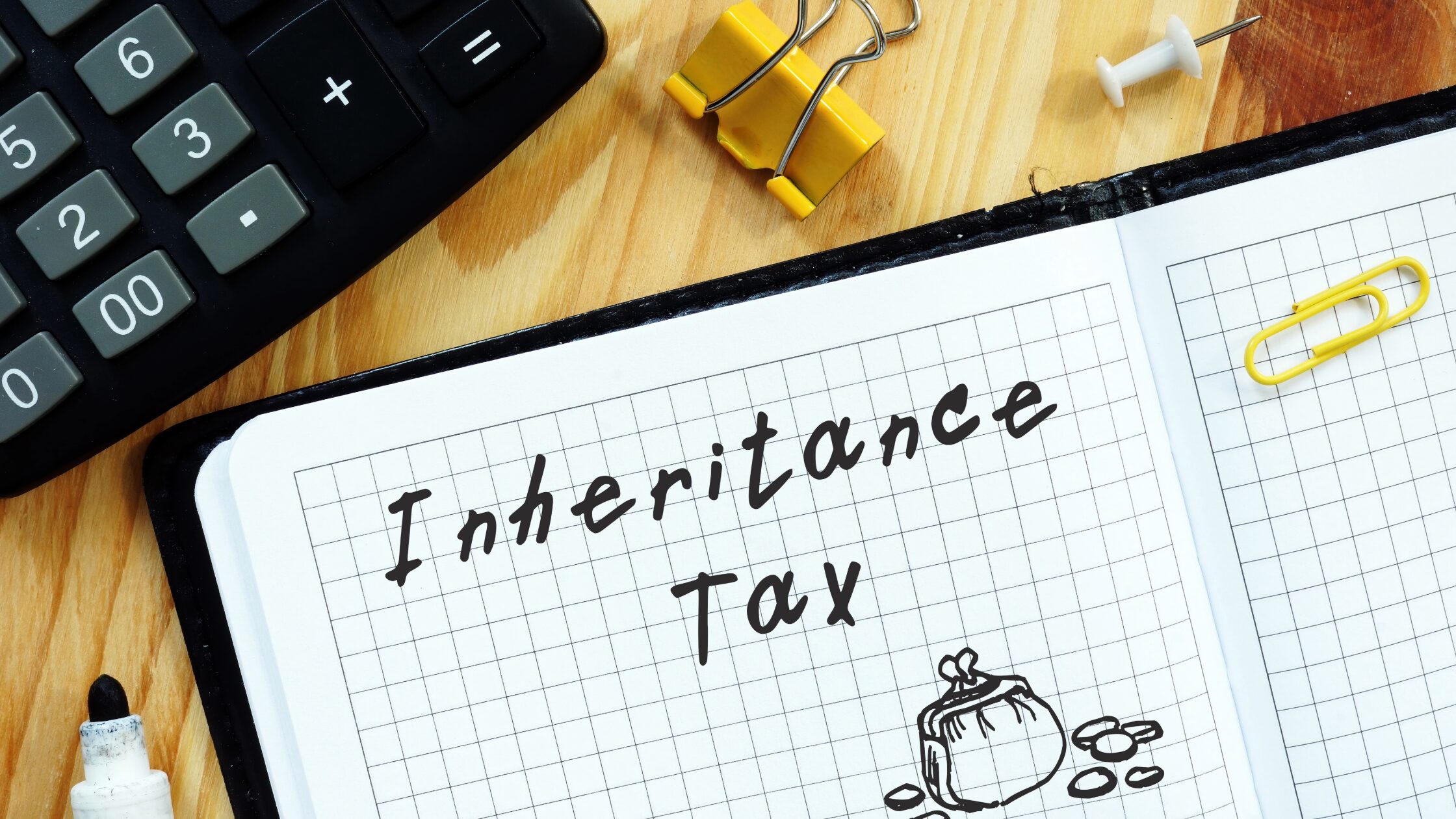Checked & unbalanced
10th December, 2021 I’m often educated by my law trained business partner as to…

In today’s rapidly evolving digital marketplace, Value-Added Tax (VAT) has become a pivotal consideration for e-commerce businesses operating across borders. With the boom in online sales and the growing number of customers shopping from different countries, understanding VAT obligations is more crucial than ever. For e-commerce businesses, VAT isn’t just a tax—it’s a fundamental part of compliance that can impact pricing, profit margins, and overall business strategy.
However, the landscape of VAT has grown increasingly complex. Different countries enforce varying VAT rates and regulations, making it a challenging task for businesses to stay compliant. The rules in the UK have seen significant changes recently, adding to the intricacy of managing VAT for e-commerce operations.
Whether you’re just starting out or looking to refine your VAT strategy, this blog provides insights and practical advice.
VAT is a consumption tax placed on goods and services at each stage of production or distribution where value is added. For e-commerce businesses, VAT is charged on the sale of products or services, with the final consumer typically bearing the cost. The business acts as an intermediary, collecting VAT from customers and remitting it to the tax authorities.
Compliance with VAT regulations is crucial for e-commerce businesses, especially those operating across borders. Failing to adhere to VAT rules can result in hefty fines, legal consequences, and damage to the business’s reputation. Additionally, as governments worldwide intensify their efforts to capture VAT revenue from online sales, maintaining compliance has become even more critical.
VAT rates differ significantly depending on the country and type of product or service being sold. For example, the standard VAT rate in the UK is 20%. However, reduced rates of 5% or even 0% may apply to certain goods and services. In contrast, other countries within the EU and globally have their own VAT structures. These rates range from as low as 5% to as high as 27%. This variation adds another layer of complexity for e-commerce businesses, especially when selling to customers in multiple jurisdictions. It is therefore essential to understand and apply the correct rates to avoid non-compliance.
E-commerce businesses face several significant challenges when it comes to VAT compliance.
Multi-country sales and differing VAT rates present one of the most complex issues. This is because selling to customers in different countries means navigating a web of varying VAT rates and regulations. For instance, digital goods often have different VAT rates compared to physical goods. Furthermore, the rule for determining which rate applies can be intricate and inconsistent across borders.
The distinction between digital versus physical goods is another challenge, as VAT rules may differ significantly. This especially can be seen in the context of cross-border e-commerce, where digital services can trigger VAT obligations in multiple jurisdictions.
Understanding VAT registration thresholds and when to register is crucial for e-commerce businesses. In the UK businesses must register for VAT if their taxable turnover exceeds £90,000 in a 12-month period. However, for businesses selling to customers in other countries, local VAT registration may be required even at lower thresholds, particularly for digital services.
Lastly, record-keeping and accurate VAT calculations are essential but challenging aspects of VAT compliance. Businesses must:
Errors in these areas can lead to significant penalties and complications with tax authorities. This makes robust accounting practices and possibly automated VAT tools critical for compliance.
The process of registering for VAT typically involves creating a government gateway account, completing the VAT registration form, and submitting it online. Once registered, businesses receive a VAT number, which must be included on invoices and used for VAT returns.
Compliance doesn’t stop at registration; accurate record-keeping is vital to ensure that VAT is correctly charged, collected, and reported. Businesses must keep detailed records of all sales, purchases, and VAT charged, which will be essential when filing VAT returns. Ensuring timely and accurate VAT returns is critical, as late or incorrect submissions can result in penalties. VAT returns in the UK are usually submitted quarterly, and businesses must pay any VAT owed by the deadline. Common pitfalls, such as miscalculating VAT, neglecting cross-border rules, or failing to update records, can lead to significant issues with tax authorities. To avoid these problems, businesses should consider using accounting software tailored for VAT compliance, seek professional advice, and regularly review their VAT processes to stay compliant.
VAT Schemes and Tools are essential components in managing VAT effectively. There are several VAT schemes available that can simplify VAT reporting and payment. The Flat Rate Scheme, for instance, allows businesses with a turnover of up to £150,000 to pay a fixed percentage of their turnover as VAT, rather than calculating VAT on each transaction. This scheme simplifies record-keeping but can sometimes result in higher VAT payments if not carefully managed. The Cash Accounting Scheme is another option, where businesses only pay VAT when they receive payment from customers, rather than when an invoice is issued. This can help with cash flow management but may not be suitable for businesses with long payment terms or those who pay suppliers upfront.
In addition to choosing the right VAT scheme, leveraging key tools for VAT management is crucial for staying compliant and efficient. Software tools like Xero and QuickBooks can automate VAT calculations, track sales and expenses, and generate accurate VAT returns. These tools offer significant benefits, including reducing the risk of errors, saving time, and ensuring that businesses meet filing deadlines. Furthermore, these tools can seamlessly integrate with popular e-commerce platforms like Shopify and Amazon. This level of integration makes it easier to track and manage VAT across all sales channels.
Managing VAT effectively across various e-commerce platforms is a critical task with each platform presenting unique considerations and tools for compliance.
Amazon is one of the largest e-commerce platforms, and sellers need to be aware of specific VAT considerations, such as VAT on fees and cross-border sales. Amazon offers a VAT Calculation Service that can automate VAT invoicing. However, sellers must ensure they’ve correctly set up their VAT information in the system to avoid compliance issues.
Shopify also provides robust VAT management options, allowing businesses to configure VAT settings directly within the platform. Shopify supports automatic VAT calculation for different regions, but sellers must regularly review and update these settings to ensure compliance with ever-changing regulations. Utilising Shopify’s built-in tax reports can also help in tracking and managing VAT obligations effectively.
For sellers on eBay and Etsy, VAT obligations can be more challenging due to the nature of these platforms, which often involve a higher volume of cross-border sales. Sellers must account for VAT on their products, especially when selling to customers in different countries with varying VAT rates. Integrating VAT management tools, such as Avalara or TaxJar, can simplify VAT calculations and reporting on these platforms. These tools help ensure accurate VAT collection and filing, reducing the risk of errors and penalties.
Navigating the Complexities of VAT for e-commerce businesses is a critical challenge, but it is one that cannot be overlooked. Understanding VAT obligations, choosing the right schemes, and managing VAT across multiple platforms are essential for ensuring compliance and maintaining the financial health of your business. By effectively navigating these complexities, you protect your business from costly penalties and optimise your overall operations.
To manage VAT effectively, it’s crucial to utilise the various tools and resources available. Automated VAT management tools and professional advice can significantly ease the burden of VAT compliance, ensuring accuracy and saving valuable time. These tools can also help you stay up to date with the ever-evolving VAT regulations, particularly in the UK and across the EU.
As you move forward, don’t hesitate to seek further guidance to optimise your VAT management. Consider consulting with VAT professionals or leveraging advanced software solutions. Doing so can help to ensure your business is well-equipped to handle the complexities of VAT. By taking these proactive steps, you can focus on growing your e-commerce business with confidence.
 Article
Article
10th December, 2021 I’m often educated by my law trained business partner as to…
 Article
Article
2nd July, 2021 Crypto Tax- What can we learn from the US? Introduction The…
 Article
Article
Inheritance Tax (IHT) is one of the most significant considerations in long-term wealth planning,…
 Article
Article
What the Autumn Budget 2025 Means for You Rachel Reeves delivered this year’s Autumn…
 Article
Article
Demystifying Inheritance Tax Misconceptions Inheritance Tax (IHT) is one of the most complex and…
We’d love to hear from you!
Whether you simply have a quick question, or were seeking a more formal conversation to discuss your tax needs, drop your details here and we will be in touch! Alternatively, you can contact us on +44 (0)20 3468 0000.